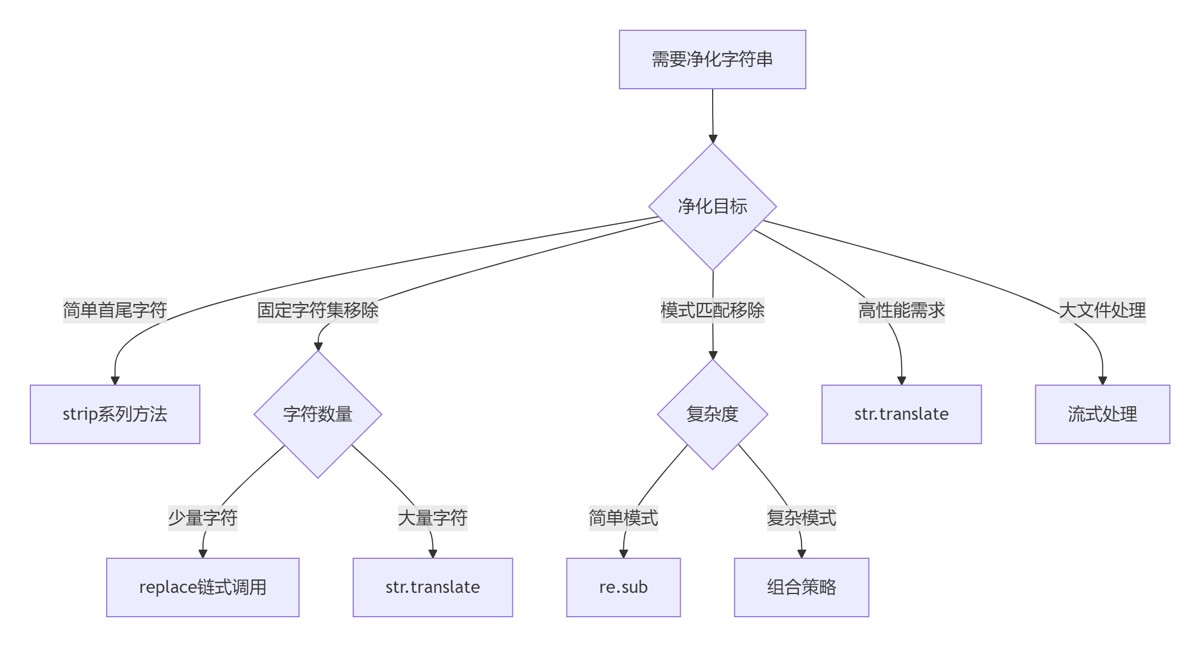一、文件操作
- pandas内置了10多种数据源读取函数,常见的就是CSV和EXCEL
- 使用read_csv方法读取,结果为dataframe格式
- 在读取csv文件时,文件名称尽量是英文
- 读取csv时,注意编码,常用编码为utf-8、gbk 、gbk2312和gb18030等
- 使用to_csv方法快速保存
1.1 csv文件读写
|
1 2 3 4 5 6 7 8 9 10 11 12 13 14 15 16 |
#读取文件,以下两种方式: #使用pandas读入需要处理的表格及sheet页 import pandas as pd df = pd.read_csv("test.csv",sheet_name='sheet1') #默认是utf-8编码 #或者使用with关键字 with open("test.csv",encoding="utf-8")as df: #按行遍历 for row in df: #修正 row = row.replace('阴性','0').replace('00.','0.') ... print(row)
#将处理后的结果写入新表 #建议用utf-8编码或者中文gbk编码,默认是utf-8编码,index=False表示不写出行索引 df.to_csv('df_new.csv',encoding='utf-8',index=False) |
1.2 excel文件读写
|
1 2 3 4 5 6 |
#读入需要处理的表格及sheet页 df = pd.read_excel('测试.xlsx',sheet_name='test') df = pd.read_excel(r'测试.xlsx') #默认读入第一个sheet
#将处理后的结果写入新表 df1.to_excel('处理后的数据.xlsx',index=False) |
二、数据清洗
2.1 删除空值
|
1 2 3 4 5 6 |
# 删除空值行 # 使用索引 df.dropna(axis=0,how='all')#删除全部值为空的行 df_1 = df[df['价格'].notna()] #删除某一列值为空的行 df = df.dropna(axis=0,how='all',subset=['1','2','3','4','5'])# 这5列值均为空,删除整行 df = df.dropna(axis=0,how='any',subset=['1','2','3','4','5'])#这5列值任何出现一个空,即删除整行 |
2.2 删除不需要的列
|
1 2 3 4 5 6 7 8 9 10 |
# 使用del, 一次只能删除一列,不能一次删除多列 del df['sample_1'] #修改源文件,且一次只能删除一个 del df[['sample_1', 'sample_2']] #报错
#使用drop,有两种方法: #使用列名 df = df.drop(['sample_1', 'sample_2'], axis=1) # axis=1 表示删除列 df.drop(['sample_1', 'sample_2'], axis=1, inplace=True) # inplace=True, 直接从内部删除 #使用索引 df.drop(df.columns[[0, 1, 2]], axis=1, inplace=True) # df.columns[ ] #直接使用索引查找列,删除前3列 |
2.3 删除不需要的行
|
1 2 3 4 5 6 7 |
#使用drop,有两种方法: #使用行名 df = df.drop(['行名1', '行名2']) # 默认axis=0 表示删除行 df.drop(['行名1', '行名2'], inplace=True) # inplace=True, 直接从内部删除 #使用索引 df.drop(df.index[[1, 3, 5]]) # df.index[ ]直接使用索引查找行,删除1,3,5行 df = df[df.index % 2 == 0]#删除偶数行 |
2.4 重置索引
|
1 2 3 4 5 6 |
#在删除了行列数据后,造成索引混乱,可通过 reset_index重新生成连续索引 df.reset_index()#获得新的index,原来的index变成数据列,保留下来 df.reset_index(drop=True)#不想保留原来的index,使用参数 drop=True,默认 False df.reset_index(drop=True,inplace=True)#修改源文件 #使用某一列作为索引 df.set_index('column_name').head() |
2.5 统计缺失
|
1 2 3 4 5 6 7 8 |
#每列的缺失数量 df.isnull().sum() #每列缺失占比 df3.isnull().sum()/df.shape[0] #每行的缺失数量 df3.isnull().sum(axis=1) #每行缺失占比 df3.isnull().sum(axis=1)/df.shape[1] |
2.6 排序
|
1 2 3 4 |
#按每行缺失值进行降序排序 df3.isnull().sum(axis=1).sort_values(ascending=False) #按每列缺失率进行降序排序 (df.isnull().sum()/df.isnull().count()).sort_values(ascending=False) |



